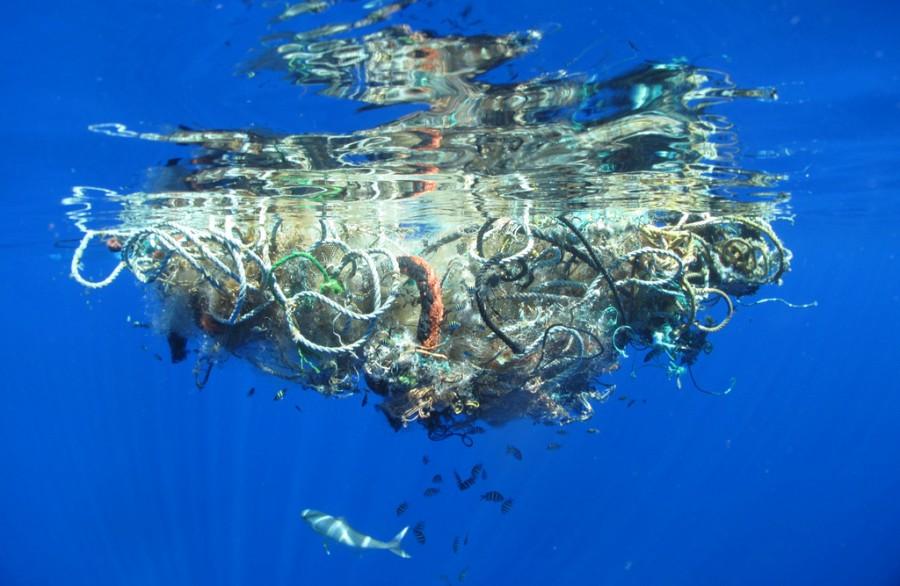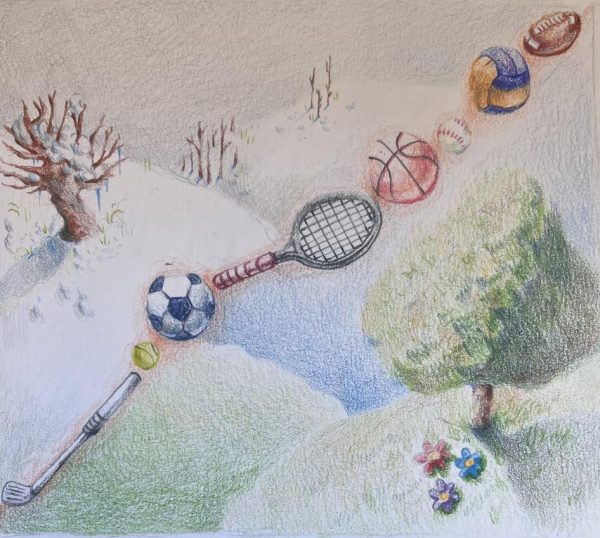The Great Pacific Garbage Patch Must Be Eradicated
“There is no such thing as away. When we throw anything away, it has to go somewhere.” -Annie Leonard
In the Pacific Ocean, there is a patch of garbage about twice the size of Texas. It weighs seven million tons, is approximately nine feet deep and according to some scientists, is the largest plastic dump on the planet. According to the National Oceanic and Atmospheric Association (NOAA), the huge accumulation of garbage is mixed constantly by currents and wind.
“I’m terrified by it,” said CHS science teacher Marcy McCormick. “I’m disappointed by humanity, and I think it’s an absolute atrocity that needs more attention.”
The Great Pacific garbage patch is only one of several large accumulations of garbage in the ocean. Other major garbage patches include the North Atlantic garbage patch, the Indian Ocean garbage patch and the North Pacific Subtropical Gyre.
National Geographic states that there are 5.25 trillion pieces of plastic debris in all oceans. In the delicately balanced and highly varied ecosystem that the ocean contains, the impact of continually accumulating plastic could be devastating. Scientists are working to assess the specific effects that plastic pollution will cause, but one thing is certain: the impact of the pollution on the ocean is decidedly negative. According to Time magazine, 8 million metric tons of garbage are added to the world’s oceans annually.
Large pieces of plastic can strangle animals such as seals and turtles, while smaller pieces are ingested by fish and then travel up the food chain, eventually affecting humans.
In the Great Pacific garbage patch, bits of polymer outnumber plankton. Plankton is a main food source for many oceanic animals. The chemicals in plastic are dangerous to ingest, both to animals and ultimately humans, as an estimated five to 10 percent of the fish caught from the areas near the Great Pacific garbage patch contain plastic. A major part of the problem is that larger pieces of plastic break down into small pieces of polymer, increasing the difficulty of cleaning efforts made by conservationists.
While it is unlikely that the Great Pacific garbage patch could ever be entirely eradicated through removal efforts, efforts can be made to limit adding to it. As a result, ecosystems will be preserved. According to McCormick, being conscious of one’s individual impact on the environment is a step everyone can take to make the world a better place. “My number one piece of advice would be to reduce, reuse, recycle. Awareness is something everyone can do.”














